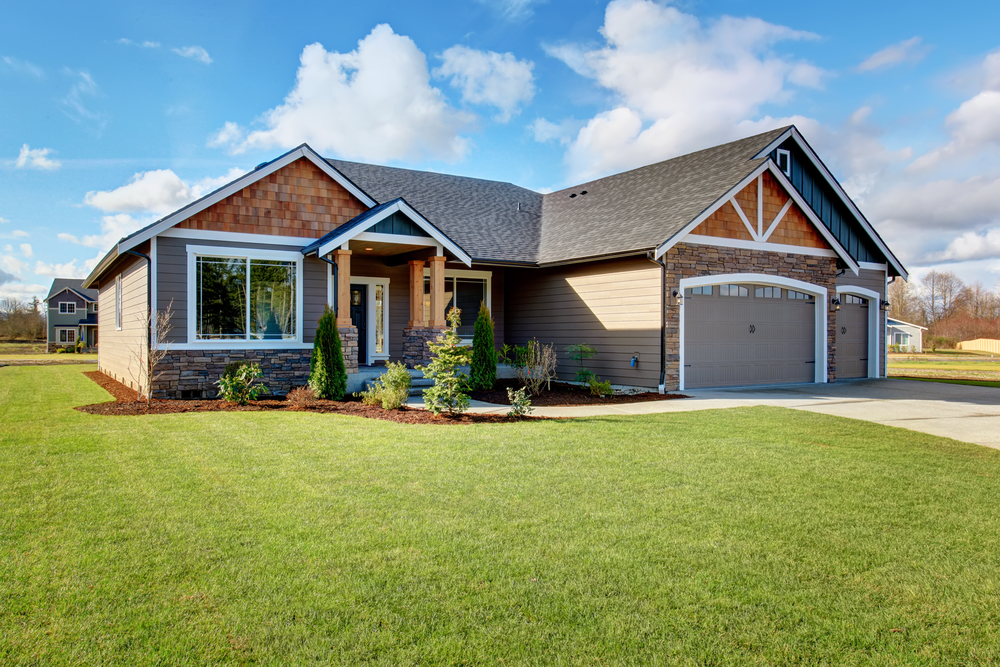Your First Investment Purchase Checklist
 Investment properties are increasingly becoming a good way for educated investors to diversify their holdings. If done wisely, investment in real estate can help you weather the tumultuous financial climate. The question then becomes, what factors will play a significant role in ensuring you make the most sound investment choices possible.
Investment properties are increasingly becoming a good way for educated investors to diversify their holdings. If done wisely, investment in real estate can help you weather the tumultuous financial climate. The question then becomes, what factors will play a significant role in ensuring you make the most sound investment choices possible.
What Qualifies as a Good Investment
What differentiates traditional real estate purchases from investment purchases? Mainly it is that when you purchase an investment property, you do so with the intent for it to generate, preferably passive, income for you. This income is explicitly through the lease of the property or refurbishment, or flip, and sale of it.
That said, the general rule of thumb is a maximum gain for minimal output. Without that balance, the investment is not wise. This 3-step checklist is a starting point to help you determine if your next purchase will make the cut as a lucrative investment option.
1. Be Clear on Your Financial Goals and Roadmap
While it is often said that investment properties can be garnered with little or no money down and offer the potential to double your money, such factors are not par for the course. It is important to dispense with the hype and get down to solid financial choices that will yield somewhat predictable results. Ask yourself:
- What investment would you like to acquire
- What is your borrowing capacity
- Do you have savings or a retirement fund to draw from
- Is liquidity an issue
- Is an unpredictable cash flow sustainable for you
- What is the purpose of your investment income
- Are long-term capital gains a priority for you
- Will you have the capital to renovate and buffer unexpected repairs
- How quickly do you need a return on your investment
There are occasions where a property is in such good condition that updates and renovations are not needed. However, properties like that will typically have a higher upfront expense as well as a lower and slower initial return. Set firm budgets for yourself, and do your estimations on the higher end so as to create a buffer for yourself. Doing so will ensure a more positive process and less margin for error.
2. Consider Attorneys, Advisors, and Accountants
Do not shy away from factoring in a real estate attorney early. Building that relationship can save you on legal fees and various contractual headaches in the future. For purchases, overall contracts, evictions, move out pay-outs (when a tenant is paid to move), and unforeseeable issues a real estate attorney is invaluable. Pick someone knowledgeable, who does not fluff hours, and is responsive.
Depending on your projected speed of growth an accountant should be factored in after your portfolio reaches more than 15 total combined units over all sites. If you prefer an accountant may be used from the start, but the cost to value ratio must be factored in. You will want to keep your records organized, or the upfront reconciliations will use more man-hours and thus cost more money. Accountant or not, regularly review your own books. Your finances should never be completely hands off.
Advisors are useful when you are unfamiliar with a market or what to look for in a property. They can help you determine:
- Investment variables
- Return rates
- Community services, transport, and availability
- Potential rent
- Peak priced communities
- Contractor considerations
- Other relevant facts
3. Decide Between Flipping or Management
Before you decide on whether to flip or manage a property, it is good to consider how both options may translate over to your level of involvement, risk, and overarching goals. You don’t have to stick to one option. A mixture of both can provide a more diverse cash flow and leveled experience.
Leased properties can be owner-managed or professionally-managed and take on many forms that all have benefits and risks:
- Leases to state government programs by building or unit
- Homes, condos, and apartments
- Hospitality (residential/SRO and transient)
- Subsidized housing complexes or Section 8 acceptance
Flipping takes on various forms as well:
- Direct flips (to purchase, renovation, and immediate sale)
- Contracted flips (to design a property for a contracted sale garnered prior or during construction)
- Flip, lease, and sell (to buy, renovate, replace or fill with tenants, and then sell)
The three steps we have covered are the foundation of wise investment property purchasing. As you flush out the idiosyncrasies of each point, you will be able to uncover the subtle details that will help you make the most sound choices. Remember, analyze the aspects of each property closely from the perspective of both investor and consumer. That is how you will secure your return.
If you are looking to buy or sell a home, contact us at Arcane Properties. We buy houses in Buffalo.